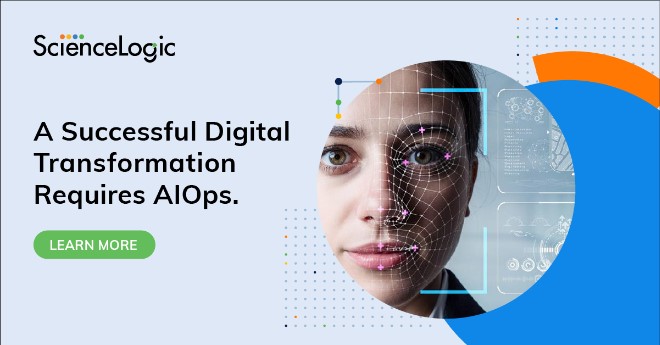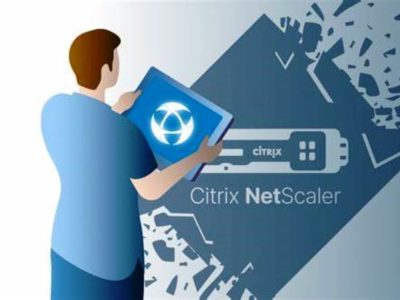“Through identifying and understanding patterns in massive diverse sets of machine data, businesses can equip themselves to find, fix, and prevent performance problems within their organisation,” says Dave Link, founder and CEO of ScienceLogic.
The global leader in AIOps and other hybrid cloud IT management solutions recently announced the expansion of its global footprint to South Africa. ScienceLogic’s South Africa presence is represented by value-added local distributor, Corr-Serve, who will enable the company to expand and further support its growing customer base in Southern Africa.
RELATED: Three things to consider when deploying data protection to your small business
When digital transformation outstrips IT performance management capabilities (and when hybrid and multi-cloud infrastructures cause complexities) more problems are created than solved, and it becomes impossible for organisations to keep up. This is where artificial intelligence for IT operations (AIOps) will prove incredibly useful. By infusing artificial intelligence (AI) into IT operations, it becomes possible to use machine learning (ML) and deep learning to help IT operations make proactive, intelligent decisions.
Change is complicated
Digital transformation was meant to solve business problems by making work faster, easier, and less resource intensive. However, advances in distributed architectures, multi-clouds, containers, and microservices (to name a few) has resulted in hefty multi-dimensional data flows generating excessive noise that hinders the ability of IT teams to identify and resolve service incidents. As IT systems have evolved from static, predictable physical systems to dynamic software-defined resources capable of change and on-demand reconfiguration, this has created a need for equally dynamic technology and processes to manage them. This demand for dynamism translates into complexity experienced at three levels:
- System: At the heart of the issue is the complexity created by systems that are modular, distributed, and dynamic with transitory components.
- Data: The second level of complexity comes in with data generated by these systems about their internal operations. Logs, metrics, traces, event records, and more, this data is highly complex due to its sheer volume, specificity, variety, and redundancy.
- Tools: The third level is the complexity of the tools required to monitor and manage data and systems. As more tools become available (with increasingly narrow functionality) these often have interoperability issues that can create operational and data silos.
Order from chaos
Today‘s dynamic IT environments cannot be managed with yesterday’s tools and outdated information. There is a deep need for a management approach that can create order out of chaos and bring visibility and predictability in real-time. Organisations need a way to intelligently balance critical workloads between humans and machines to allow teams to properly manage their most valuable resource—time.
Reactive to proactive
AIOps can fill this need by helping IT teams to anticipate and respond to problems before they happen by collecting these large amounts of operational data, separating signal from noise, and generating suggested actions to automatically resolve problems that would otherwise incapacitate entire IT departments. True AIOps is a combination of machine learning and automation capabilities that enable teams to filter out noise, while identifying and contextualising information faster to accelerate remediation and proactively identify issues before they unfold.
Leveraging complex data
Combining AI and ML, AIOps uses these massive volumes of historical incident data, change data, and other operational data such as metrics, logs, and events to highlight and isolate anomalies before they spiral into larger outages. Without the ability to make intelligent recommendations, automation tools on their own are limited in what they can accomplish but by pairing automation with AI and ML, companies can remove manual tasks and take the guesswork out of decision-making to truly augment human skills and capabilities.
Wait. So, what is AIOps?
AIOps empowers operations teams to tame the overwhelming complexity and volume of data generated by modern IT environments and use it to maintain uptime by preventing outages and achieving continuous service assurance. In other words, AIOps means using ML and data science to solve IT operational problems.
What’s the fuss about AIOps?
AIOps is not a quick fix for every operational headache, but it will provide a specific set of benefits for organisations. These benefits include:
- Finally achieving simplicity: Complexity has resulted from digital transformation and the need to power remote working, particularly through the adoption of hybrid cloud. AIOps can restore simplicity by aggregating information across distributed deployments.
- Softening the skills shortage: Given the scarcity of skilled IT professionals, use of their time needs to be optimised. This isn’t using automation to replace human work, it’s about optimising what humans spend their time on. By automating certain tasks, IT resources are freed to focus on other high-value tasks.
- Enabling visibility and predictability: AIOps extracts actionable insights from large pools of monitoring data gathered from disparate IT applications that delivers operational insights across different layers of the IT infrastructure.
- Cutting costs and saving time: Reducing complexity and the amount of time an IT team has to spend on certain tasks translates to resource efficiency and savings that every business can benefit from.
Where digital transformations have stalled due to overwhelming complexity or resourcing challenges, AIOps can reignite the journey and organisations can finally achieve the speed and stability they’ve been dreaming of. ML and data science packaged into AIOps can give IT operations teams a true real-time understanding of any issues, including new, unforeseen problems that affect the availability and performance of digital services.
To find out how to transform ITOps into AIOps, download the eBook, ‘Your Guide to Getting Started with AIOps’.

































